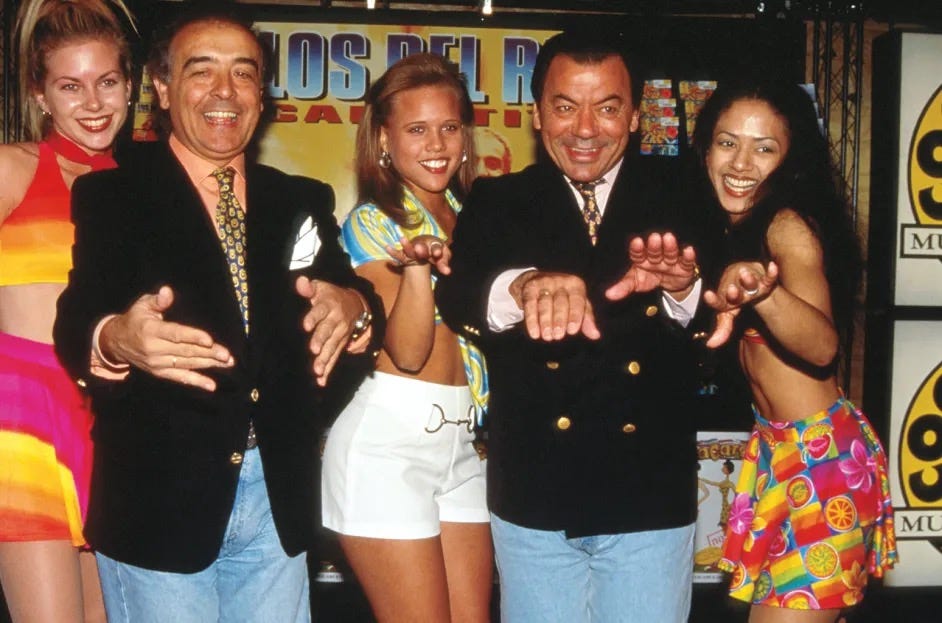The Macarena
If you're over 35 you might already be cringeing.
The “Macarena” is a Spanish dance song by Los del Río that became an international and cultural phenomenon in the mid-1990s.
Antonia Romero and Rafael Ruiz [Ed: Two very Spanish looking guys, it has to be said.] began performing together as Los del Río in 19…



